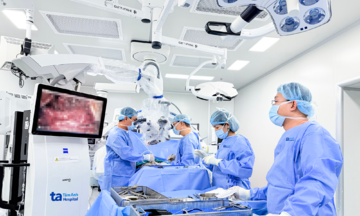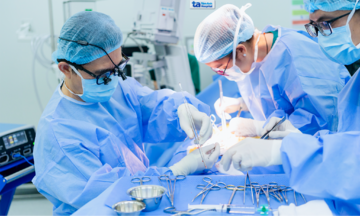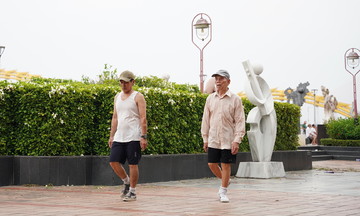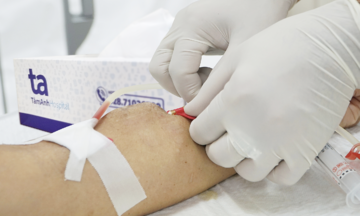Corneal dystrophy is a term for a group of over 20 rare, inherited diseases affecting the cornea, the transparent layer of tissue at the front of the eyeball. This group of diseases is characterized by structural changes in the corneal tissue, causing the cornea to become cloudy, obstructing the passage of light to the retina, and severely impacting vision.
According to Dr. Luong Thi Anh Thu of the High-Tech Eye Center at Tam Anh General Hospital, the disease has various manifestations. The most common and severe symptom is vision impairment or loss. Patients may experience blurred vision and reduced clarity, even with glasses or contact lenses. This occurs when the corneal surface becomes distorted or unevenly worn, affecting its ability to refract light.
Corneal clouding is also a typical sign of corneal dystrophy. This happens when abnormal proteins or lipids accumulate in the cornea, hindering light from passing through normally, leading to reduced vision and a cloudy field of view. Another common symptom is the sensation of having a foreign body in the eye. This is because the corneal surface becomes uneven or damaged, causing the eyelids to rub against the cornea when blinking, creating a persistent feeling of grittiness and discomfort.
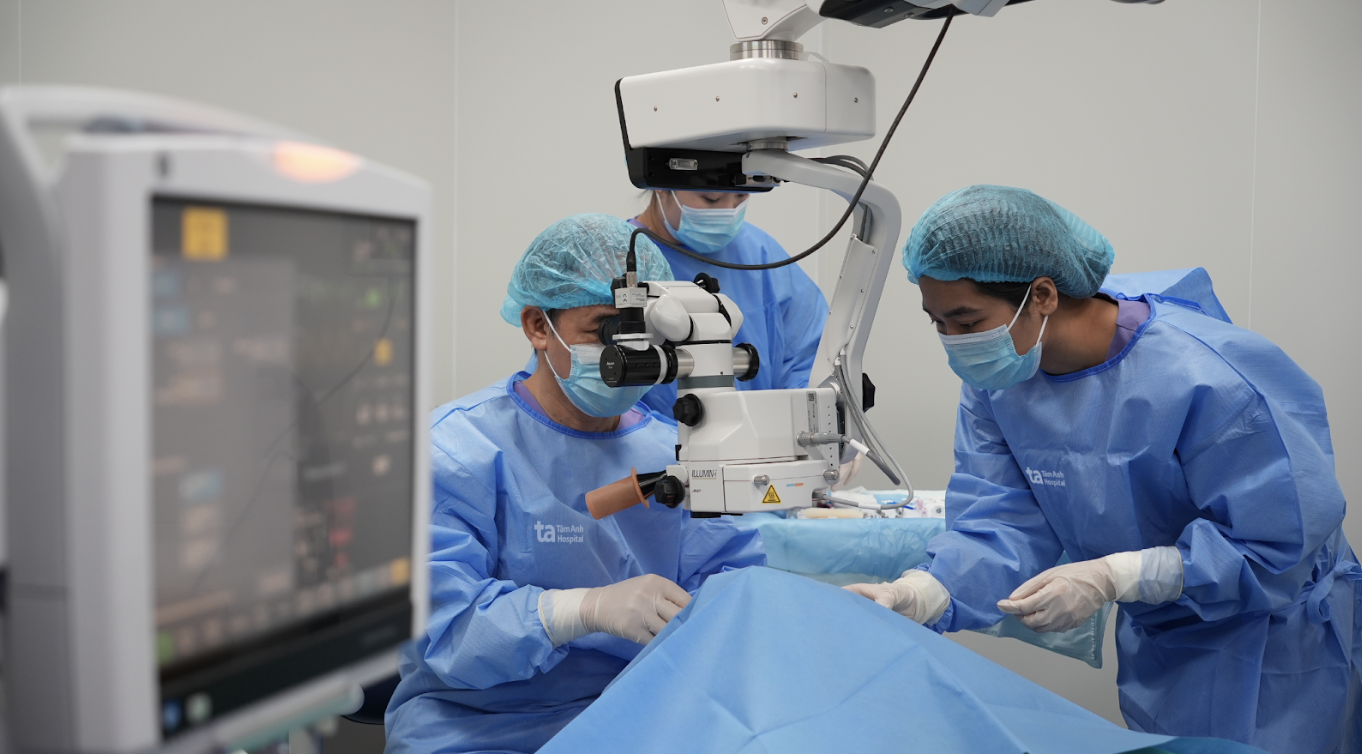 |
The medical team is performing a corneal transplant. Photo illustration: Tam Anh General Hospital. *Italicized* |
Some individuals also experience burning and eye irritation, especially upon waking. Light sensitivity is also quite common, causing patients to experience glare and discomfort when exposed to bright light. The disease can cause excessive tearing due to dryness or irritation of the eye's surface, as the tear system tries to compensate. In severe cases, nystagmus can occur, characterized by rapid, uncontrolled eye movements that affect orientation.
Corneal dystrophy is primarily caused by genetic factors, often starting at birth and lasting throughout life. Currently, there are no preventive measures or ways to reduce the risk. Treatment depends on the specific type of dystrophy, its stage, and the extent of vision impairment. In mild cases, eye drops are often prescribed to add moisture and soothe discomfort and pain; antibiotics are used if there's a risk of infection; or special contact lenses are used to protect and support corneal healing.
As the disease progresses, doctors may perform phototherapeutic keratectomy (PTK) using a laser to remove abnormal tissue or corneal scars, improving vision. Corneal transplantation is the last resort for severe cases.
This is a chronic, slowly progressing disease that can significantly impact quality of life. Dr. Anh Thu recommends regular eye exams for monitoring and timely treatment to avoid severe complications. People with a family history of corneal dystrophy or experiencing unusual eye symptoms should have more frequent check-ups.
Khue Lam
| Readers can submit questions about eye diseases here for doctors to answer. |




